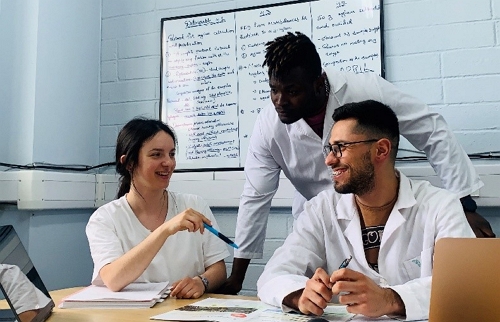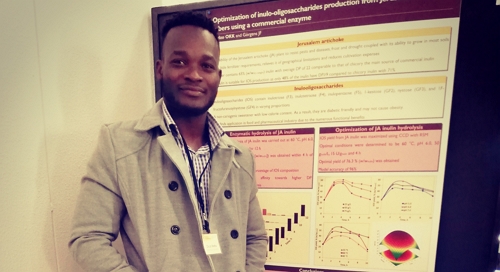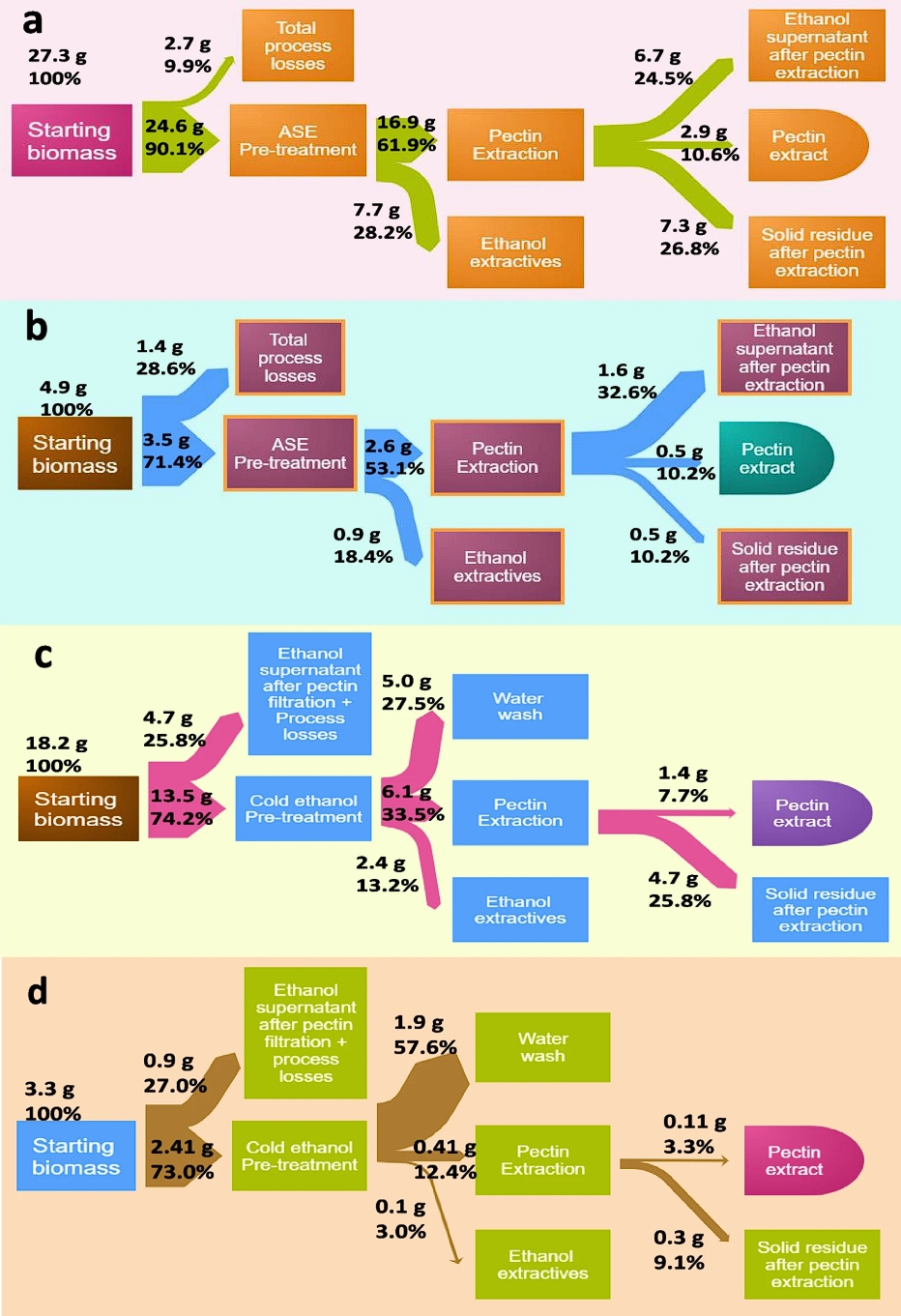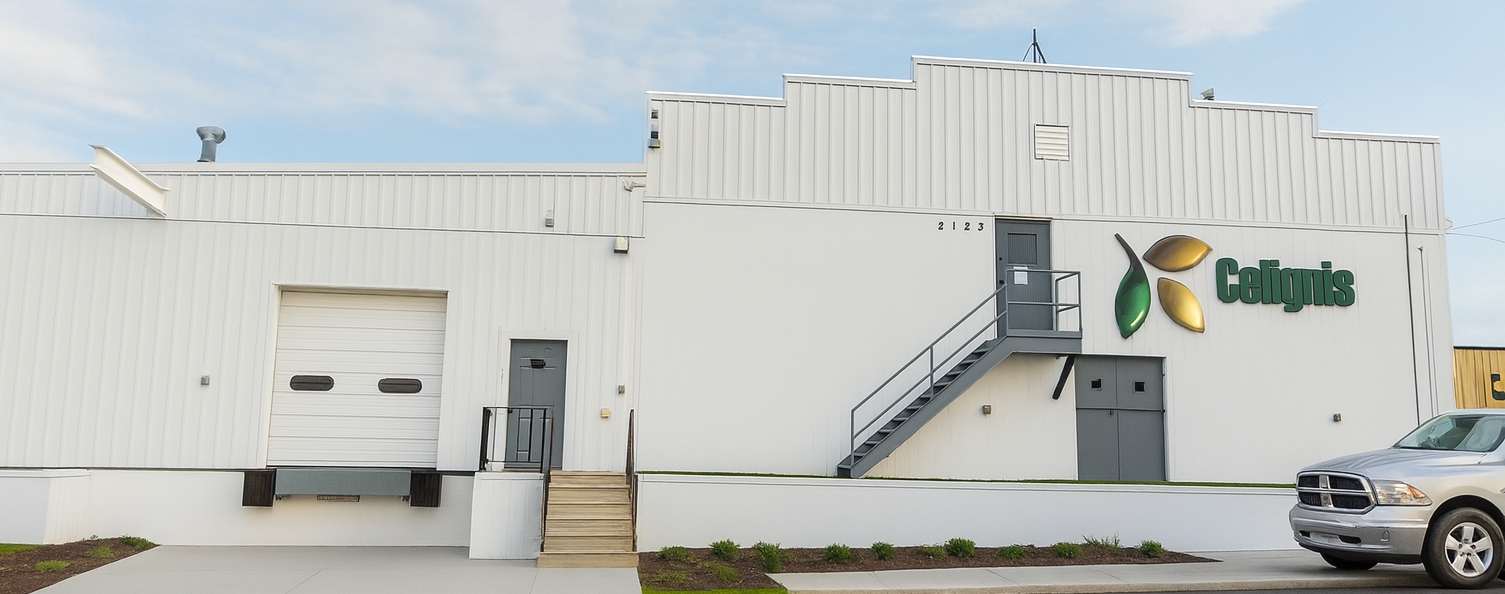Celignis's Oscar and Fernando are today attending the 12-month review meeting of our CBE-JU research project MANUREFINERY. The event is taking place at the facility of project partner ENCO in Naples, Italy.
MANUREFINERY, entitled "Smart modular mobile biorefining of manure to zero-waste maximising resource recovery for feed and fertiliser bioingredients in rural areas" is one of the 7 ongoing CBE-JU projects that Celignis is currently involved in. Click here to read more about these projects.






